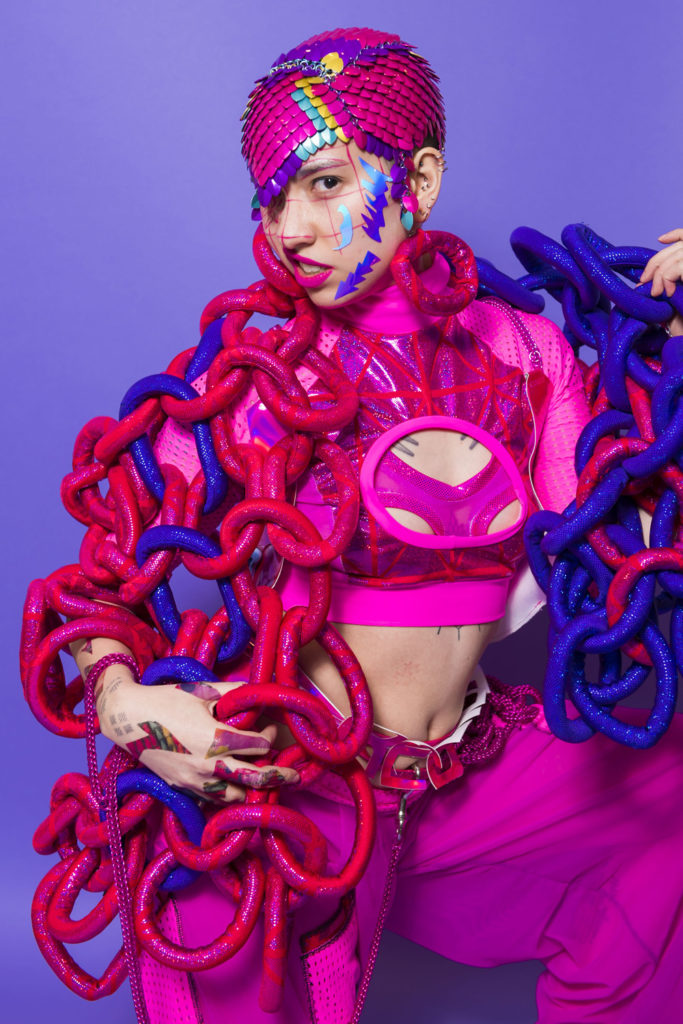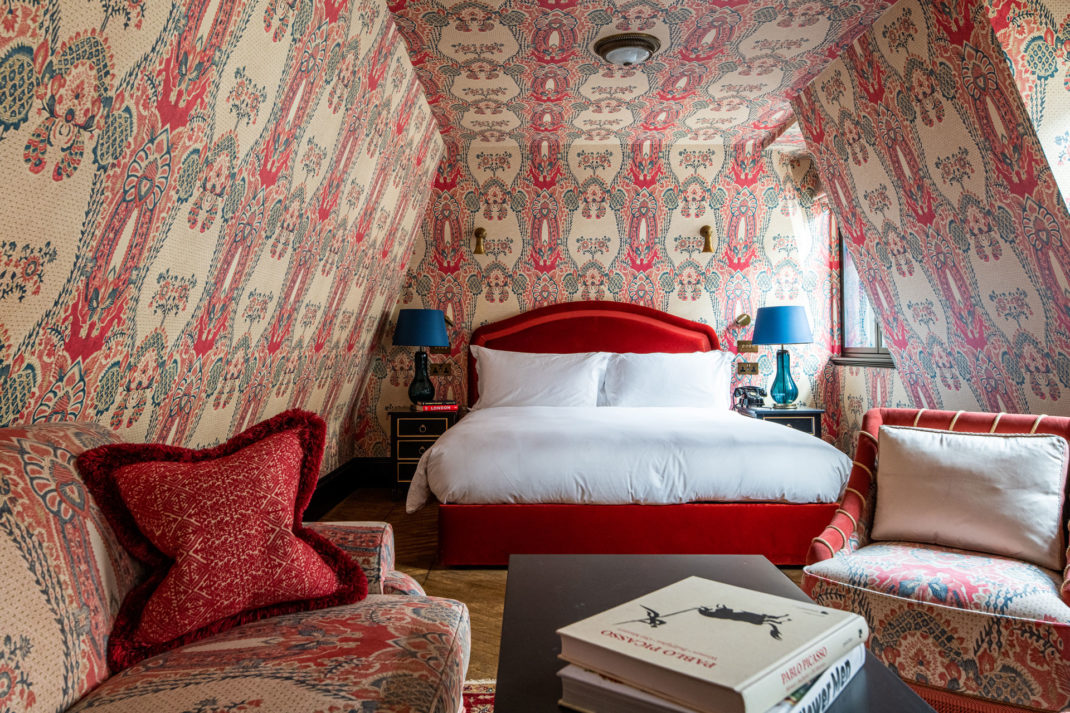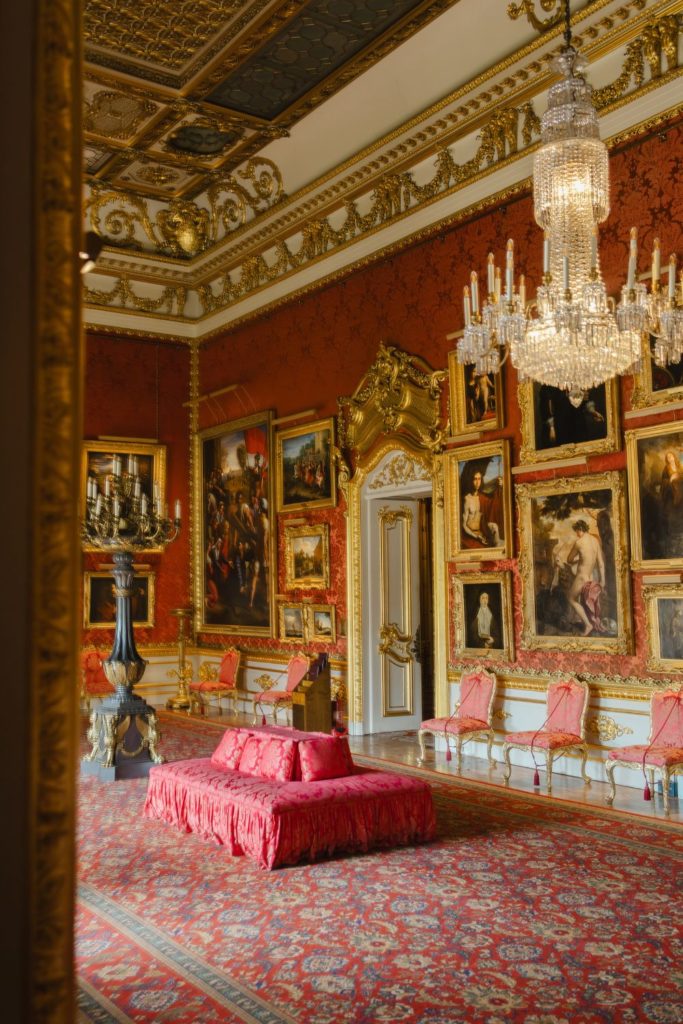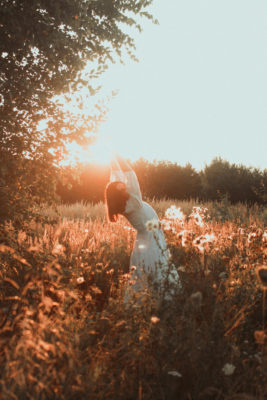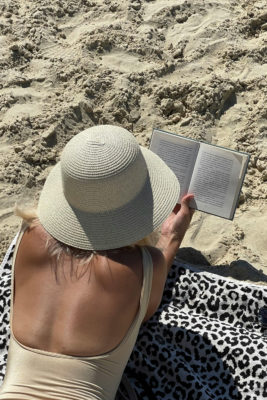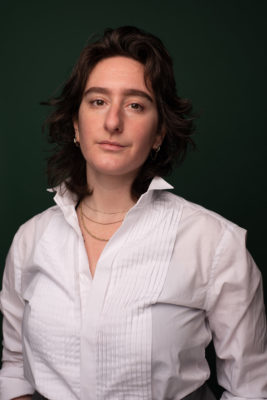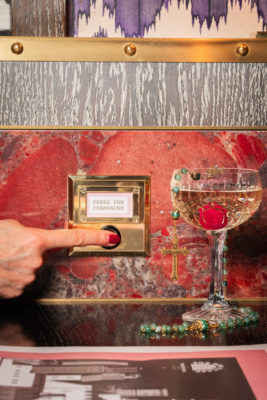Our Story With David Attenborough: The Cathedral To Nature’s Loudest Sermon To Date
By
16 hours ago
Our Story opens at the Natural History Museum on 19 June 2025
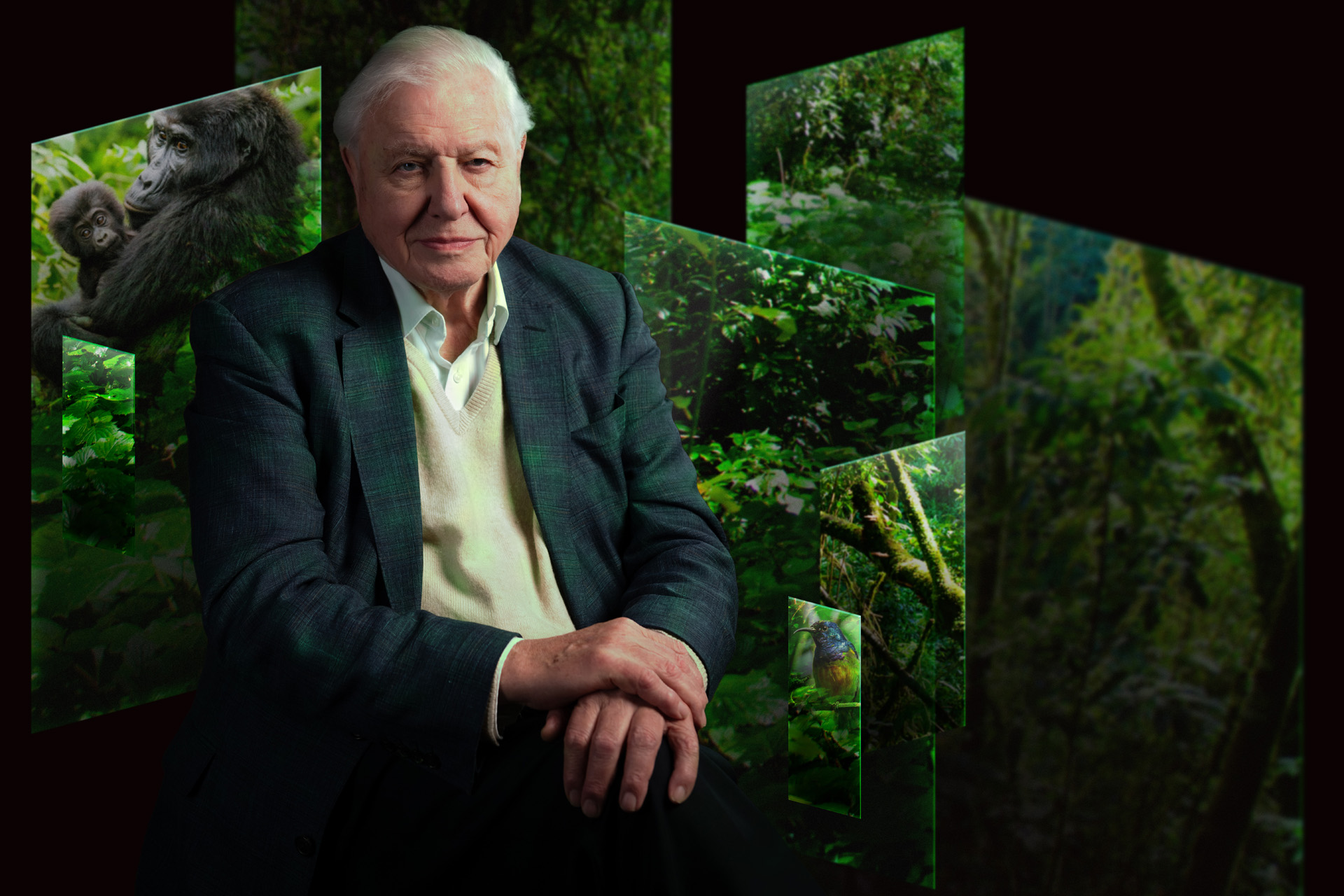
When Richard Owen rallied the British Museum trustees to create a separate building for their ever-growing catalogue of the natural world 150 years ago, his vision was a ‘cathedral to nature’ – and Alfred Waterhouse’s resultant terracotta palace certainly didn’t disappoint. Today, Brits can still rejoice at the richness, abundance and diversity of the natural world thanks to the Natural History Museum’s 80 million strong collection of objects. And as the Natural History Museum approaches that big birthday milestone in 2031, there’s plenty of newness to enjoy: the redesigned gardens featuring a bronze Dippy dino, the Fixing Our Broken Planet gallery detailing humanity’s fragile relationship with the natural world and spotlighting how we can help to fix it, and now this, the Museum’s very first immersive exhibition: Our Story with David Attenborough.
If the Natural History Museum is a cathedral to nature, then Our Story is the loudest, most resolute sermon to date. Here’s what to expect from David Attenborough’s latest call to protect the planet.
Review: Our Story With David Attenborough, Natural History Museum
Created by Open Planet Studios, the Our Story with David Attenborough experience comprises a combination of hyperrealistic animation and real-world footage, all projected across four walls and the floor to tell the story of our planet from its genesis right up to the present day – and beyond. All of this is accompanied by a dramatic score composed by Tony and Olivier Award nominated composer Nick Powell, and narrated by none other than David Attenborough. ‘In this new immersive experience at the Natural History Museum, we explore two stories: the 4-billion-year epic of the Earth, and our own, relatively brief chapter, the story of humankind,’ Attenborough explains.
We begin at the very beginning: a twinkling journey through space encompassing constellations, supernovas and washes of otherworldly colour accompanied by a classical soundscape. Sitting on big blocks amid the 360° projections, it feels like being in a spaceship, the Natural History Museum’s walls our panoramic windows to the great beyond outside. Eventually, huge planets sidle past before mother Earth herself finally emerges from behind the moon, her ever-changing weather systems almost 3D as they whirl across her surface.
A musical crescendo fades into a faux ringing sound, as if we’ve reached the end of a concert. ‘It’s easy to question our significance,’ Attenborough says, piercing the suspense. ‘What is our place in all of this?’ he asks, referring to the utter vastness of space and time. ‘What is our purpose? What is our story?’

Sir David Attenborough experiences Our Story with David Attenborough. (© Open Planet Studios/Gavin Thurston)
Thus, it begins: Attenborough details our planet’s story, beginning with Earth in its earliest molten rock form catapulting through space, before we plummet underwater to meet her next phase: a watery world where smoke plumes flood the seas. Bringing cutting edge technology into the palatial Natural History Museum for the very first time, Our Story is told through ‘24 projectors, 50 speakers, and the amazing cinematography, wonderful score and powerful storytelling that we always associate with Sir David’s work,’ says Open Planet Studios’ co-founder Jonnie Hughes. It’s an impressive feat in a building restricted by stringent planning rules, but by no means the largest immersive exhibition in London. Up to 120 guests can fit into the space, which sits in the Jerwood Gallery beside the new Fixing Our Broken Planet gallery, which visitors are encouraged to visit at the end of Our Story.
From microbes to the luscious biosphere to early lifeforms, Our Story tells Earth’s tale like a storybook, with wicked villains to boot. Because if our planet is a story of anything, it’s death: volcanic activity poisoning the seas; asteroids sending shockwaves across the globe; climactic shifts causing mass extinctions. But our planet’s story is full of magic, too: after each tragedy, our resilient biosphere resets itself, allowing new lifeforms to flourish – fungi, grass, ants – a vast web of interreliant species. Rich foliage, rustles and distant growls tease what’s about to emerge: life itself. Cue uplifting music and a vibrant chronology of exuberant images; flowers blooming, lions snarling, insects marching one after the other. The existence of life at all – oh so rare in our ungraspable, unfathomable universe – is pure magic.
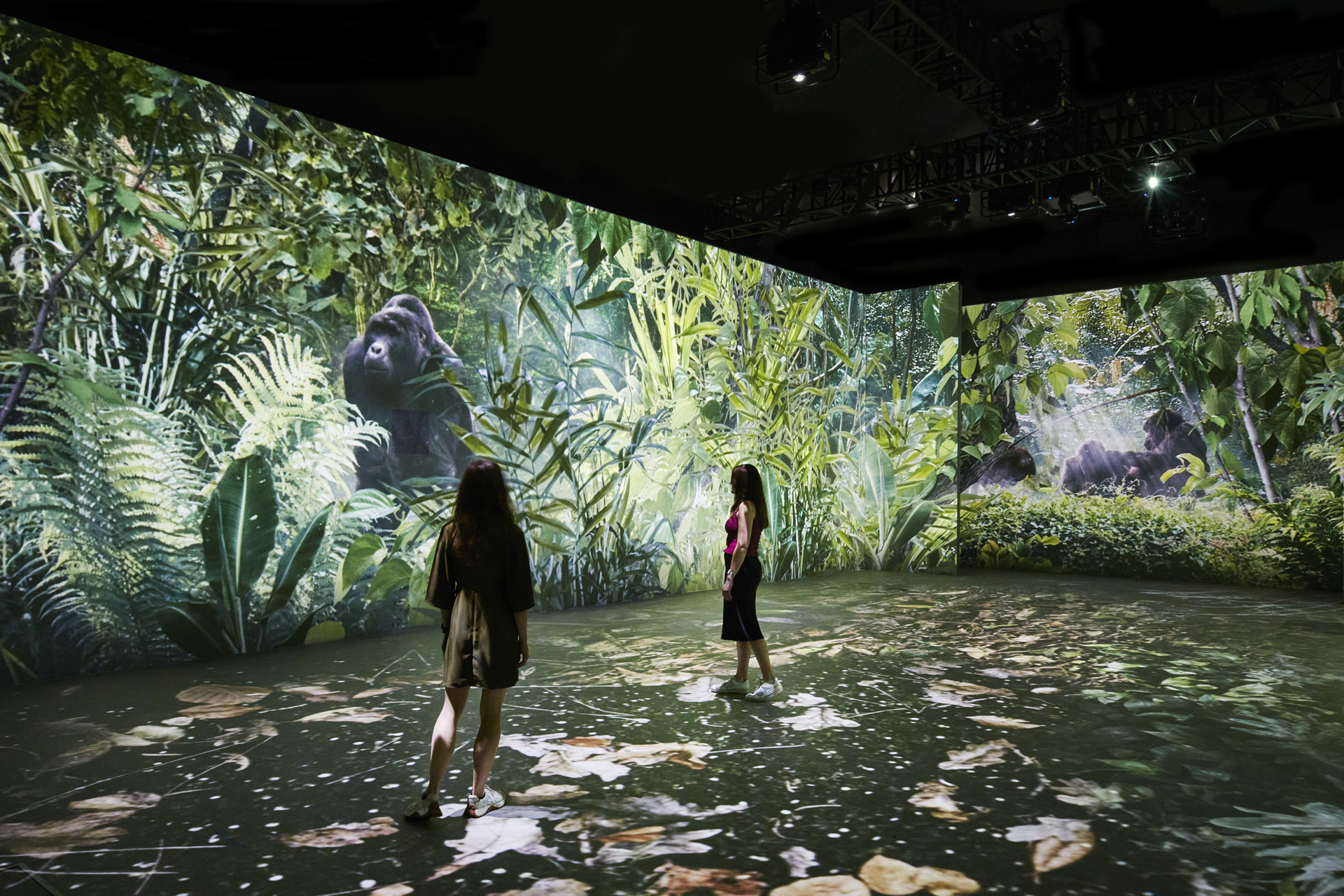
Up to 120 guests can fit into the space. (© Trustees of the Natural History Museum)
What comes next is where humanity and our planet’s stories diverge: intelligent life. Around 300,000 years ago, on a planet teetering between warmth and ice ages, 1 million hunter-gatherer early human beings clung on to life with vim. We could’ve faced extinction on countless occasions, and the human body didn’t adapt all that much to the changing environment – but our brains did. New information is hidden in each footstep, each blade of grass, each new dawn, and our sponge-like brains soaked it up insatiably.
Eventually, the climate settled and life flourished even more: vibrant forests, ocean currents, great grasslands, water and land teeming with life – and only two main ice caps like hats on the north and south pole. All of this is splashed across the walls with real mesmerising footage. ‘Over 10,000 years, the global average temperature did not waver more than plus or minus 1°C,’ Attenborough says in his voiceover. ‘All this stability allowed life to thrive. None more so than us. Our unique minds could take flight.’
Farming begins, creating an abundance of food and prompting us to reproduce like never before. As each year passes, we learn more about the world around us, boundless curiosity spurring us on. By the time Attenborough was born, in 1926, that nomadic 1 million had bloomed into 2 billion people living across villages, towns and cities. Of course, that number has since quadrupled – and this is where it gets gloomier.
Our planet and humanity’s stories ‘are not, at this moment, aligned,’ Attenborough says. ‘But they could be.’ Our Story explains the ‘conundrum’ of humanity: we’re solution-focussed fixers, ruthless in our survival. We’ve conquered most of our predators, and innovated to tackle the life-threatening diseases we’ve been faced with. But one third of all forest and two thirds of all fish have been taken by us. We’ve altered the sensitive mixture of gases in our atmosphere, and dangerously altered the planet that houses us. We have become the villains in Earth’s story: the wayward asteroids, the disruptive volcanoes, the climactic shifts. The result is a terrifying future for young people trapped on a planet that can’t house them, but mother Earth will remain intact. The biosphere resets after mass extinction, after all.
It unsettles me considerably, but we don’t end on that haunting note. ‘My hope is that anyone visiting the Our Story experience will come to understand how important humanity is in writing the planet’s next chapter,’ Attenborough says. Granted, Our Story imagines a more optimistic future for the current generation, too. Huge whales swim around the room to illustrate how human action turned their fate around in the ‘70s (not quite so large as the aptly named Hope, the blue whale skeleton swimming over the Natural History Museum’s Hintze Hall).
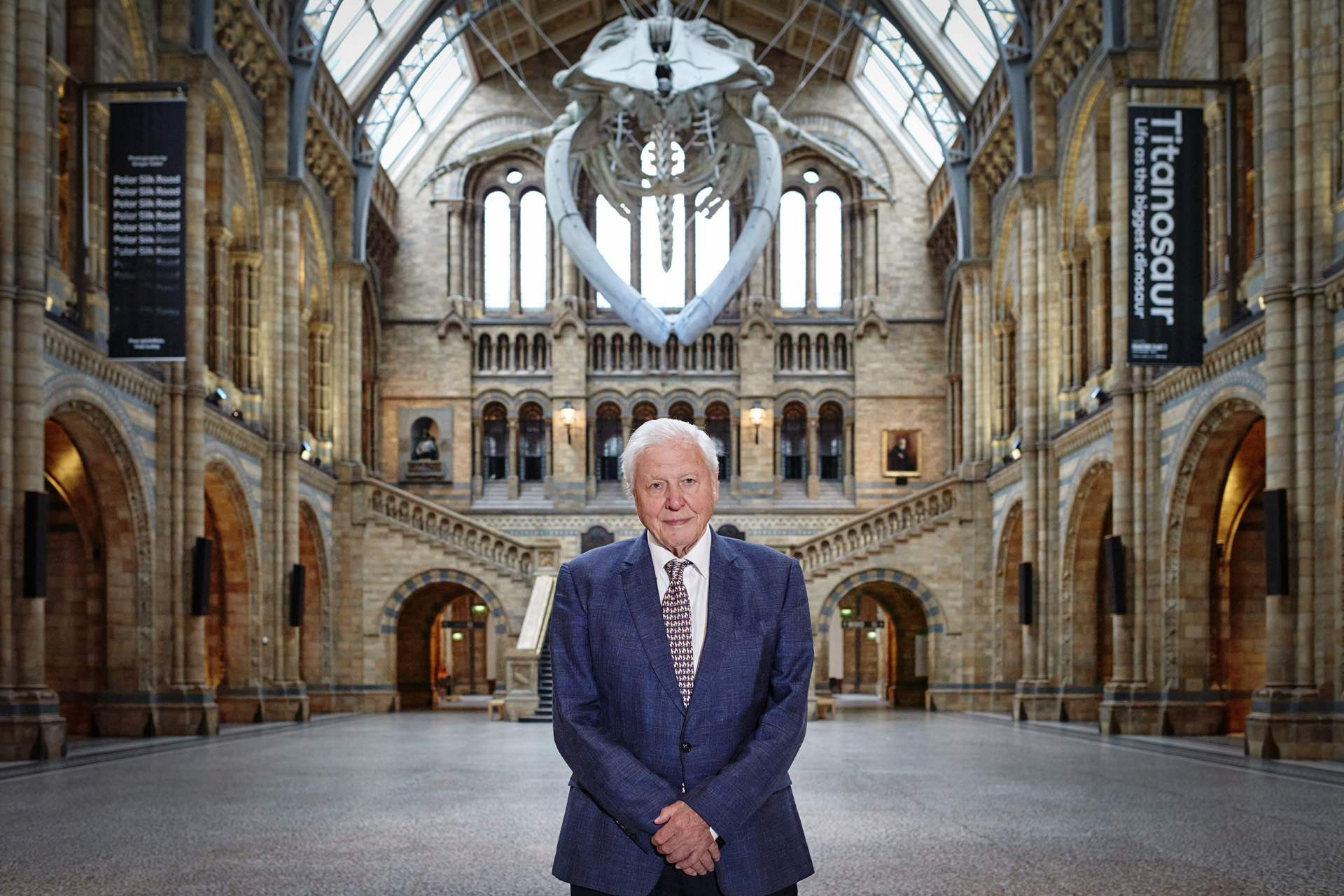
Sir David Attenborough beneath Hope the Blue Whale at the Natural History Museum. (© Trustees of the Natural History Museum)
‘Nature is not simply beautiful, fascinating, nice to have,’ Attenborough says. ‘It is the key to our survival.’ Solutions have always been mankind’s superpower, and now is the time to use it. ‘Let’s use it for good,’ Attenborough says as we float along the River Thames bordered by a verdant London of the future. ‘Let’s put our minds to solving the greatest challenge our planet has faced.’
It’s a clear call to action – but does it lean too heavily on individual action? What about the United States’ climate rollback, increasing fossil fuel production and pulling out of the Paris Agreement? Or the ongoing dire state of rivers here in the UK? Or the greenhouse gas delay that means warming would continue even if we ceased all emissions right this moment? All are out of our control.
According to an Oxfam report published at the beginning of the year, the richest 1 percent of people are responsible for more than twice as much carbon pollution than the poorest half of humanity; to meet the shared goal of 1.5°C of warming, the richest would need to cut their emissions by 97 percent by 2030. Will they be visiting the Natural History Museum’s new exhibition, too?
‘This could be the next chapter of our story, and of the Earth’s story,’ Attenborough says. ‘A time when we and the earth are finally back on the same page.’ It’s a worthy sentiment, but what happens when the richest, most powerful people in the world refuse to engage with the story at all? The optimism rings hollow when my mind drifts back to the gloomy image Our Story presented before switching to the more palatable optimism. We’re left with a QR code, the Fixing Our Broken Planet gallery, and the rest of the Natural History Museum and its wonders. I opt for some fresh air and for some life-affirming sights. I linger under Hope the blue whale in the atrium. I gaze at the Museum’s cathedral exteriors as I depart. I fill my lungs with fresh air under the blue sky (or as fresh as air can be in South Kensington). This planet is a marvellous thing. I hope the powers larger than myself don’t destroy it.
The Final Word
Our Story with David Attenborough is a beautiful, 50-minutes-long immersive exhibition offering young people a comprehensive grounding in the history of our planet, told through enchanting music, engrossing footage and the inimitable voice of Sir David Attenborough. It’s worth a visit if you’re raising budding activists – but it doesn’t meaningfully engage with the wider systemic change that is needed to tackle the climate crisis.
VISIT
Our Story with David Attenborough opens to the public on 19 June 2025, with tickets available until 18 January 2026. Prices start from £10 per child or £20 per adult off-peak.
The Natural History Museum is open everyday from 10am to 5.50pm. It’s free for all to visit, but you can book a timed entry slot at nhm.ac.uk
Find It: Cromwell Rd, South Kensington, London SW7 5BD

